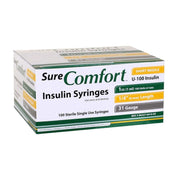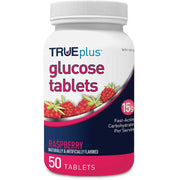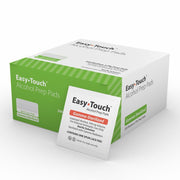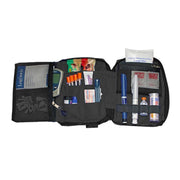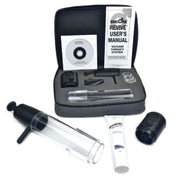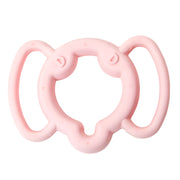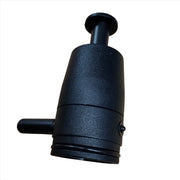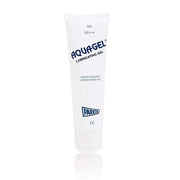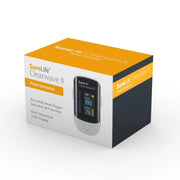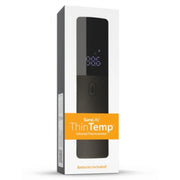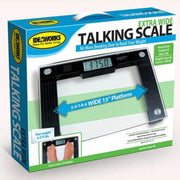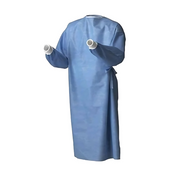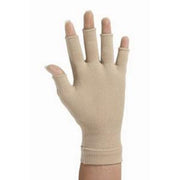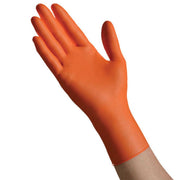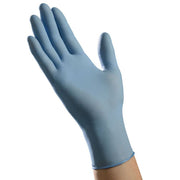PRODUCT DETAILS
Wound dressing absorbs and transfers the exudate, maintains a moist environment, and has antimicrobial properties. It effectively transfers exudate to a second layer whilst preventing microbial growth. It all adds up to undisturbed healing. Convenient and conformable for difficult to dress wounds, can be cut to suit various wound shapes. Promotes patient comfort; thin and comfortable to wear.
Conforms well to body contours and may be cut to desired shapes.
Rapid antimicrobial effect within thirty minutes.
Inactivates a broad range of microorganisms.
Sustained antimicrobial effect up to fourteen days.
Intended use: designed for the treatment of a wide range of wounds with low to high exudate, and ulcers on the legs and feet where application of dressings is difficult, pressure ulcers, malignant wounds, burns of partial thickness and donation sites, where there is a risk of infection.
Adverse effect: May cause temporary discoloration of the wound bed and surrounding skin.
Contraindications: Patients with known sensitivity to silver or any other substance of the dressing, during radiation treatments or exams, don't use together with oxidizing agents such as solutions of hypochlorite or hydrogen peroxide.
Warnings/precautions: Should be used under the supervision of a professional health care, does not replace need for systemic therapy or other appropriate treatment for the infections, avoid contact with conductive electrodes or gels during measurements.
Composition: Polyurethane with silver sulphate and active carbon, sticker acrylic, polyethylene.
Sterile.
Disposable.
Unit of Measure Contents Sold By
Each (EA) 1 Each 1 Total (1 Each)
Box (BX) 5 Each 5 Total (1 Box of 5 Each)
Frequently Asked Questions (FAQs)
Q: What is foam dressing used for?
A: Foam dressings are used for moderate to heavily exuding wounds such as pressure ulcers, post-surgical wounds, diabetic ulcers, and traumatic wounds. They absorb fluid, protect the wound, and support healing.
Q: How often should foam dressings be changed?
A: Foam dressings are typically changed every 3 to 7 days or as needed depending on the amount of exudate. Always follow the wound care professional’s recommendations.
Q: How do foam dressings work?
A: Foam dressings absorb exudate while keeping the wound moist. They help prevent infection, reduce pain, and protect the wound from external contaminants.
Q: Can foam dressings be used on infected wounds?
A: Some foam dressings are formulated with antimicrobial agents suitable for infected wounds. Always consult with a healthcare provider before applying to an infected site.
Q: Are foam dressings suitable for dry wounds?
A: Foam dressings are typically not recommended for dry wounds because they are designed to absorb moisture. Hydrogel dressings may be more appropriate for dry or necrotic wounds.
Q: Do foam dressings stick to wounds?
A: Non-adherent foam dressings do not stick to wounds and are gentle during removal. Adhesive foam dressings stick around the wound, not directly on it.

